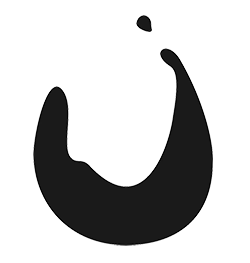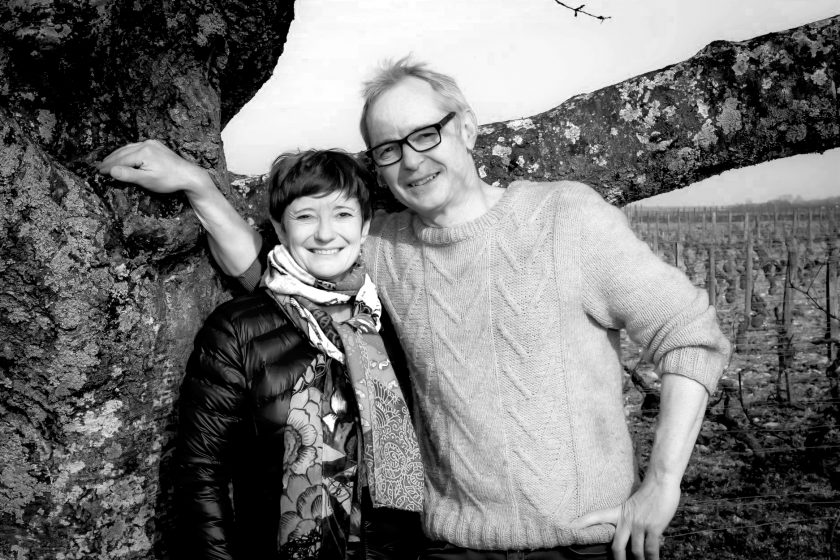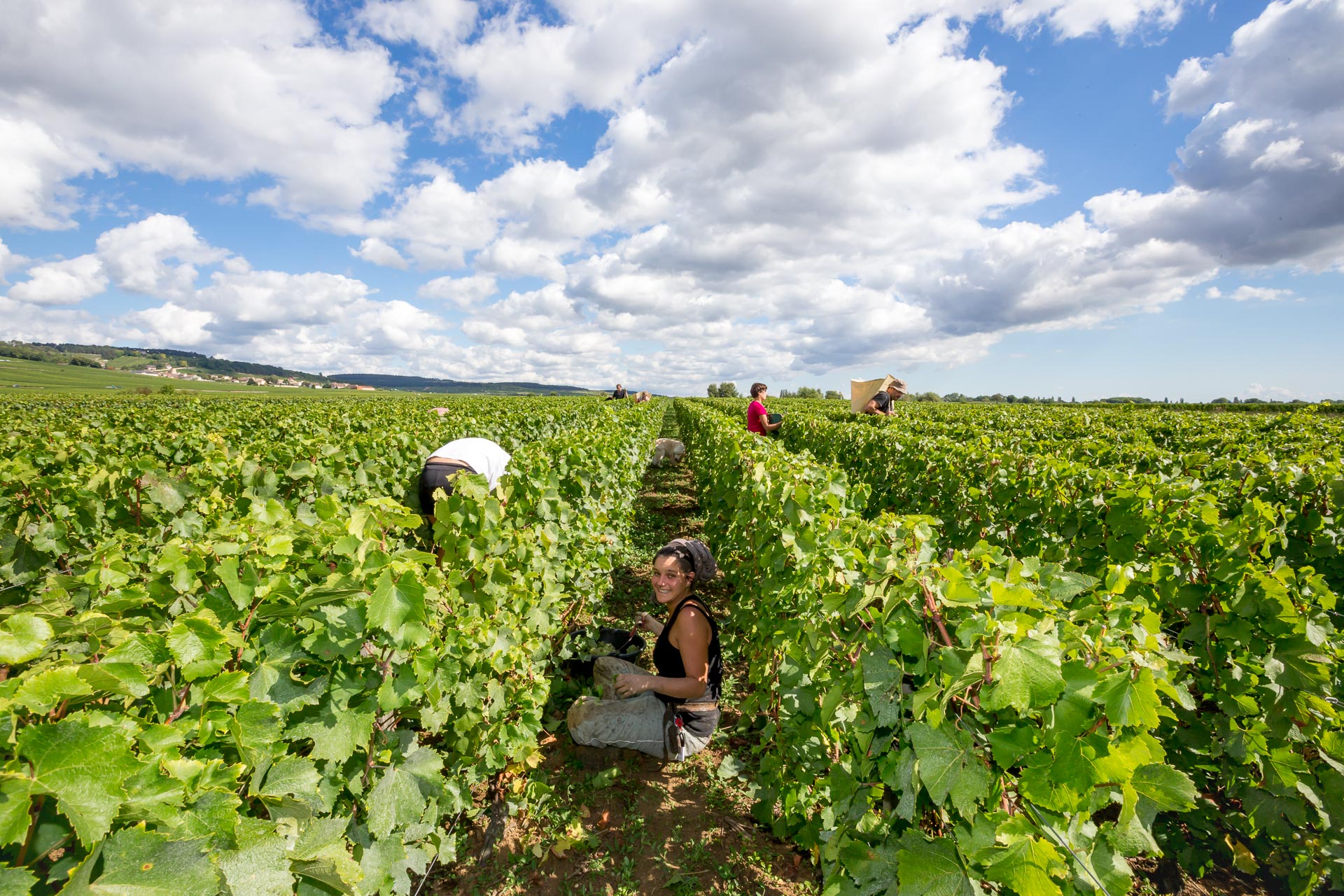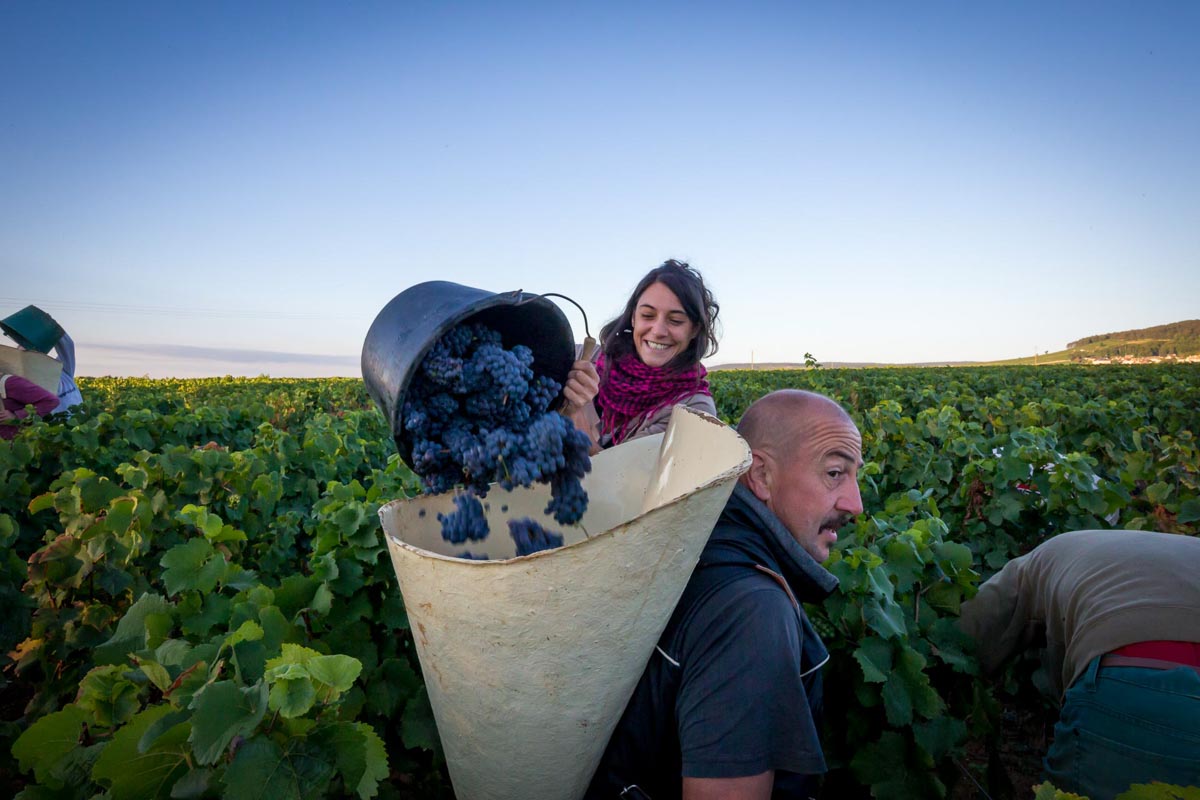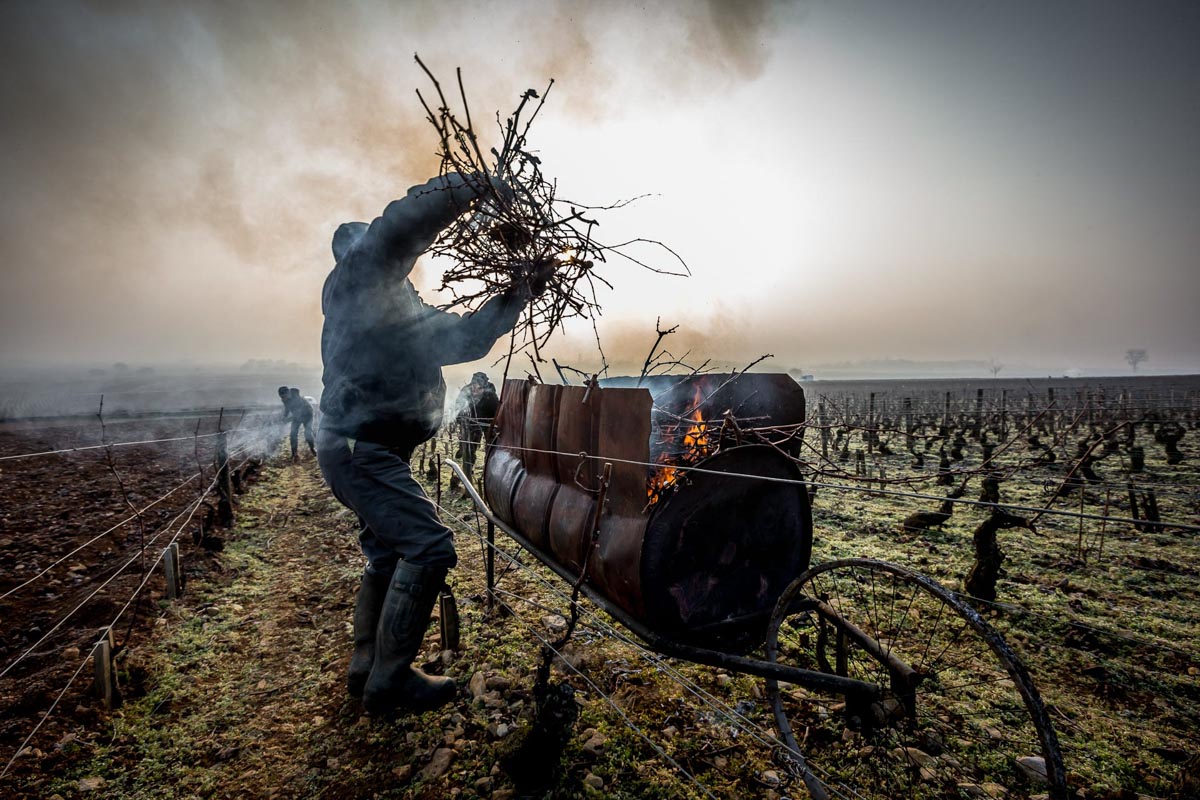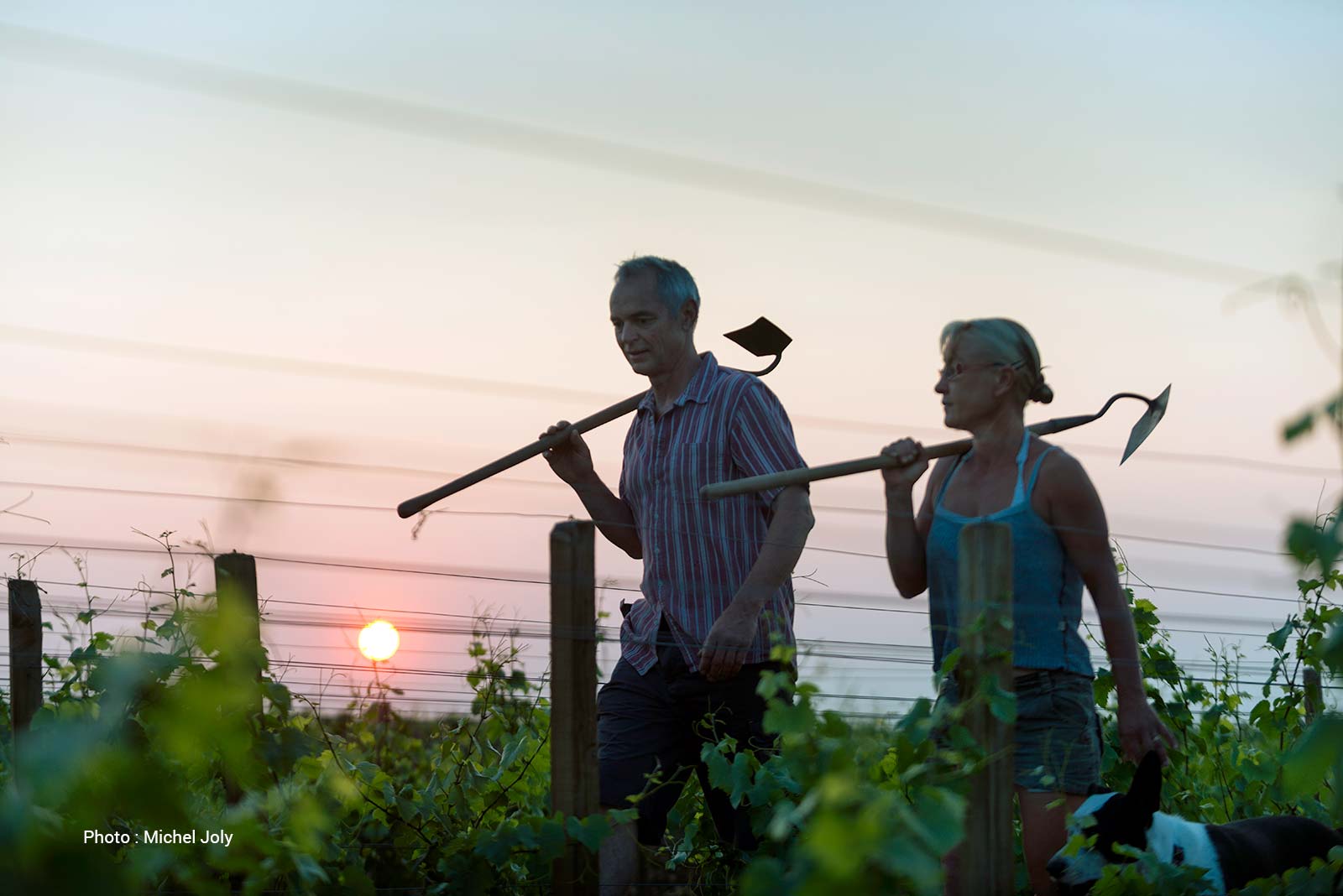2020 Domaine Francois Mikulski Meursault ‘Poruzots’ Premier Cru
Cult wine producer, Francois Mikulski, has been working Dessus vineyard since 1992. The vines are over 50 years old and they face southeast on the hillside of Meursault which is perfect for maximum amount of sunlight. Wines from ‘Poruzots’ tend to be more elegant and feminine than the other Meursault premier crus. Ideal drinking window is 2023-2030.
Organic farming practices, hand-harvested, native yeast fermentation, and only 200 cases produced.
- Tasting Notes lemon, green apple, asian pear, hawthorn, dill, baking spice, wet rock
- Variety Chardonnay
- Region France, Burgundy
- Volume 750ml
- Alcohol Volume 14%
- Table Talk 'Poruzots' was named after the nature of the soil. It is the diminutive of 'Porroux,' which comes from the latin word 'Petrosa' which means stony place.
$219.00
Out of stock
François Mikulski’s father, Lieutenant Mieczyslaw Mikulski, escaped from occupied Poland in 1939 and fled to England to join the resistance troops of the Free Polish Forces. In England, he met a Burgundian woman working on an English army base. This woman became his wife and they moved to Brussels where François was born and raised. Luckily for us and the world of wine, François spent his formative summers in Burgundy where he fell in love with the agrarian lifestyle and decided to dedicate his life to the vine. François inherited his first plots of Meursault in 1992 from his late uncle, Pierre Boillot. Since then, he has relentlessly pursued his authenticity, purity and elegance through acute attention to biological balance in the vineyard and terroir-minded élevage practices in the cellar. Much like humans, Francois believes vines are living organisms that need to be fed and treated with consideration. Homemade composts, phytosanitary environmentally-friendly products, plowing, and a carefully preserved biological balance of the soil helps him achieve his main goal of authenticity and purity. After meticulous sorting in the vineyards, the grapes are de-stemmed and lightly pressed. Natural yeasts are used in the fermentation after which the wines undergo an élevage 10-12 months. François typically restrains his new oak use to about 20%, believing that excessive wood masks the full expression of the terroir.
Mikulski is truly one of the best domains in Burgundy and we feel very lucky to be allotted a small amount each year.
CHARDONNAY
As the most popular white grape for growing and consuming, Chardonnay can be made in a wide range of styles. These styles can vary from a sparkling Blanc de Blanc, or fresh fermented in stainless steel, to rich and creamy white wine aged in oak barrels. Notable regions for this grape include Chablis or Burgundy in France, Central Coast, Napa, and Sonoma in CA, and Western Australia. When pairing with food, consider the characteristics of your wine first. No brainer pairing options include seafood, salads, and white meat. Chardonnay, with its vast versatility, is everyone’s best friend.
BURGUNDY, FRANCE
Burgundy is a historical region in east-central France that covers a wide area with ranging climates. The large number of producers and appellations within Burgundy can make the region seem complicated to the eye. At its essence though, Burgundy can be quite simple. This is the home for Pinot Noir and Chardonnay, and these wines are second-to-none around the world. Burgundy winemakers were the pioneers for premium Chardonnay production and continue to provide a benchmark of excellence in viticulture and winemaking for all of their varieties. Vineyard location is extremely important in Burgundy. The location will determine their quality level within the Burgundy appellation hierarchy. The highest-quality vineyards will generally have a south or southeast facing exposure providing the most access to sunlight and offering protection from westerly winds. These wines may be listed as premier cru or grand cru on the bottle label. Soils in Burgundy can vary depending on the area, but you’ll find many of them are rich in limestone and clay. Burgundian wines can age for many years if stored properly and will often hit their peak drinking age 5-10 years after production. Chablis, the Côte d’Or, Côte Chalonnaise, Mâconnais and Beaujolais are all appellations within Burgundy that have different rules and produce different styles of wines. Perhaps even more well-known are the sub-appellations within. The small villages of Corton, Montrachet, Meursault, and so on have reputations for producing the best white wine in the world.
Meursault, where this wine is from, is located in the southern part of the Cote d’Or and is known for producing an expression of Chardonnay that gives a nuttier, rounded style of wine. We like to say that Meursault acts as a kind of “gateway drug” from the big, buttery California Chardonnays to the more lean and austere versions you will find in areas like Chablis.
